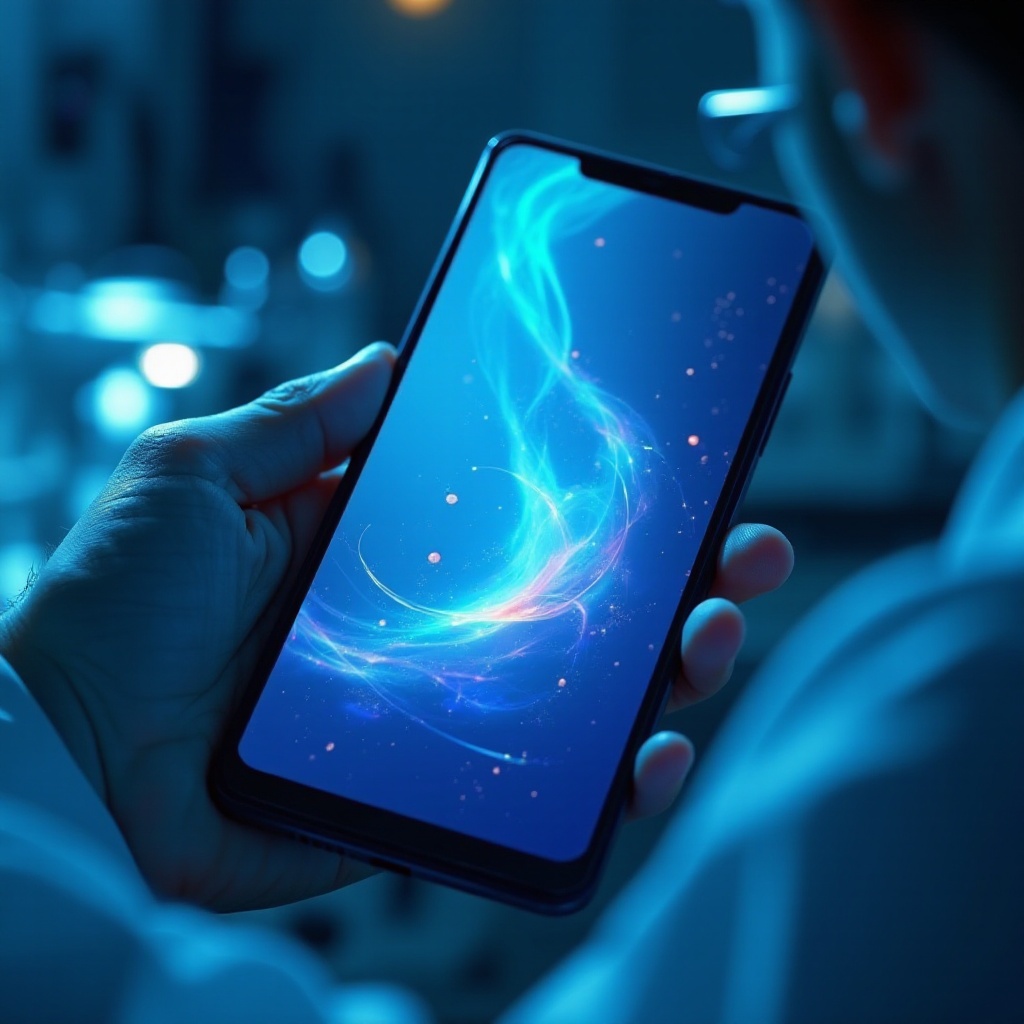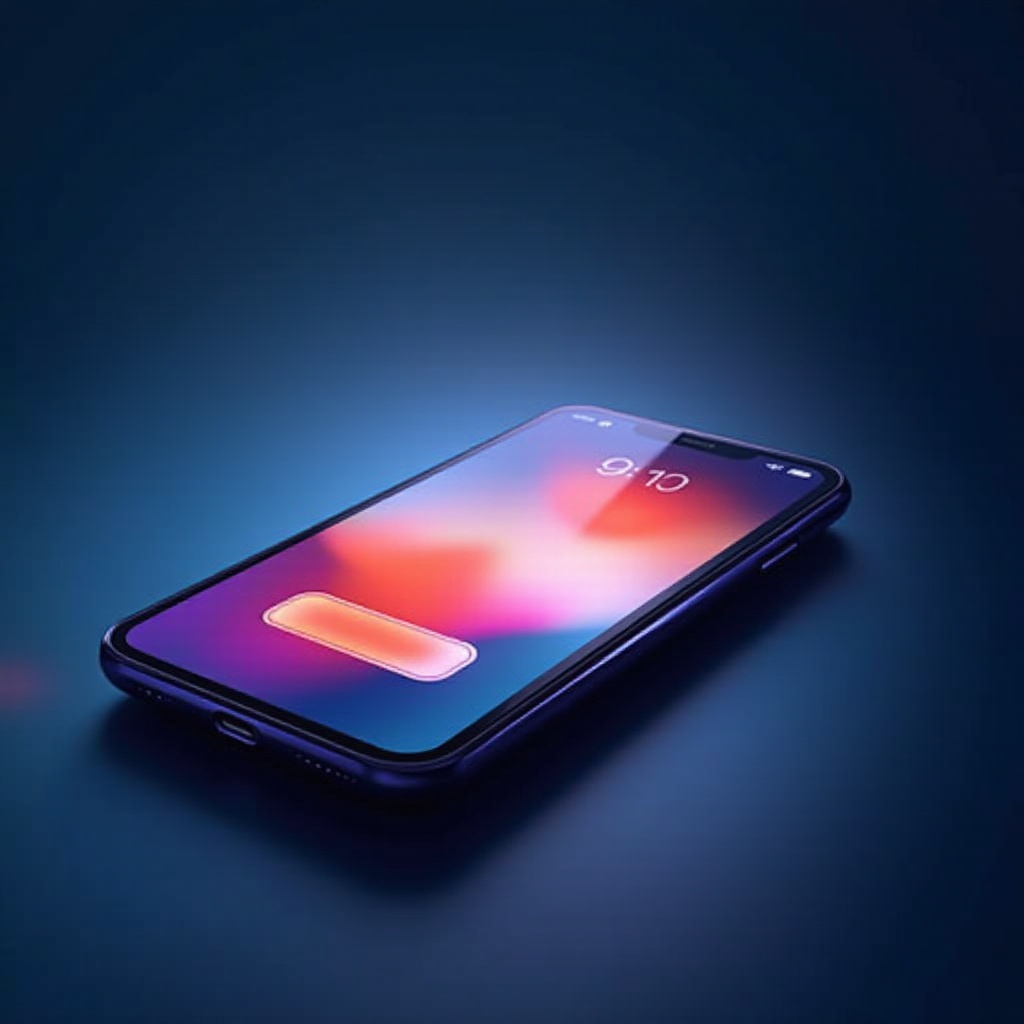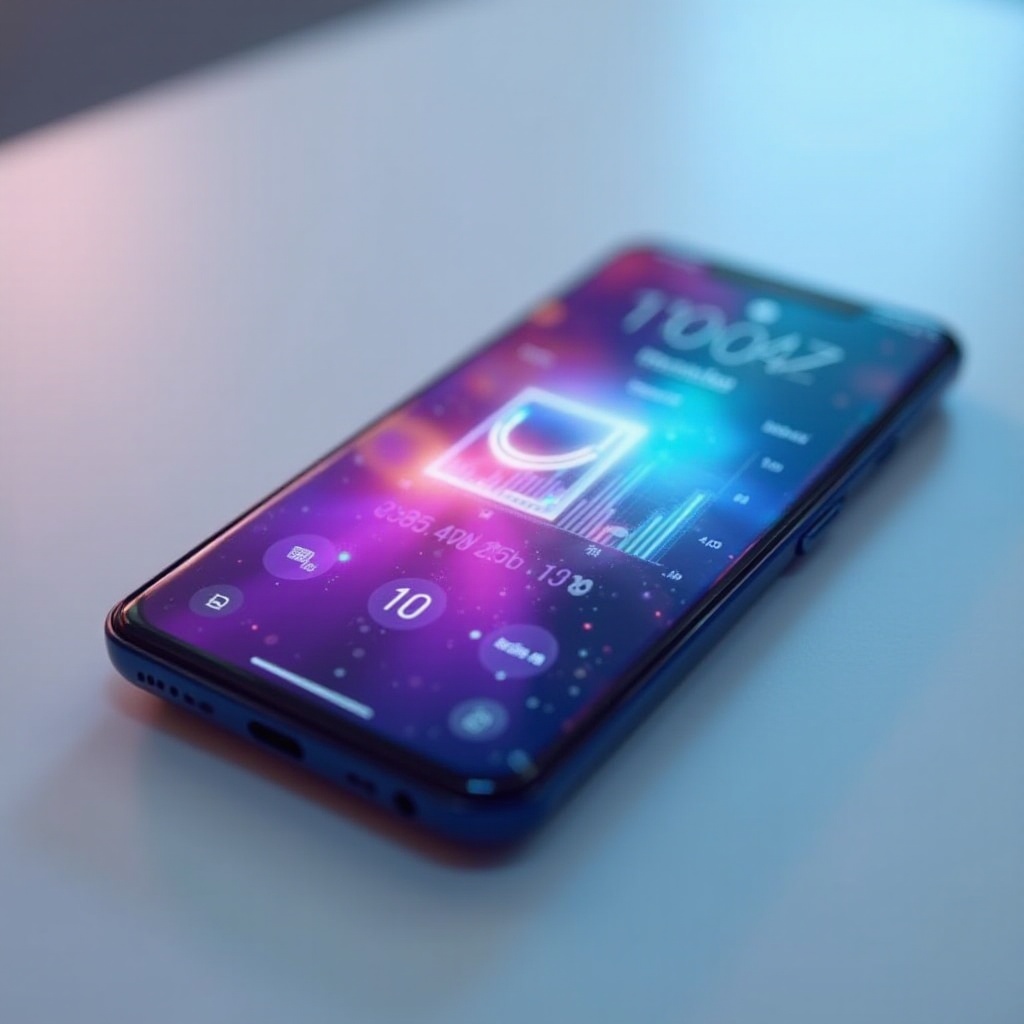Does High Refresh Rate Affect Battery Life? An In-Depth Analysis
Introduction
With technology constantly advancing, high refresh rate screens have become a staple feature in modern smartphones. While users enjoy the smoother visuals and seamless scrolling these screens offer, concerns arise about their potential impact on battery life. Given the vital role mobile devices play in our daily lives, understanding how to optimize battery usage is crucial. This article explores the intricate relationship between high refresh rates and battery life, analyzing both technical factors and practical observations. Read more to discover how you can balance a great visual experience with prolonged battery life.

Understanding Refresh Rates
What is a Refresh Rate?
Refresh rate, the number of times per second a display refreshes its image, is measured in hertz (Hz). Higher refresh rates result in smoother animations and less motion blur, enhancing tasks like scrolling or gaming. Standard mobile screens usually operate at 60Hz, while high-end models may reach rates of 120Hz or even 144Hz, providing a more fluid user interface and responsive digital interaction.
Common Refresh Rates in Phones
The industry transition from 60Hz to higher refresh rates, such as 90Hz or 120Hz, reflects increasing consumer demand for enhanced graphics. These newer standards cater to users engaged in high-function mobile games or applications where fast screen updates are beneficial. However, this evolution presents varied battery usage scenarios across different devices, which we’ll examine in more detail.
Battery Life and Its Influencing Factors
Overview of Battery Consumption in Smartphones
Smartphone batteries power numerous components, each with significant energy demands. Core functionalities like processing power, connectivity (Wi-Fi and mobile data), and sensors (GPS) require substantial energy. Displays significantly contribute to power usage and are often the leading consumer of battery power during typical use. Understanding these consumption dynamics helps evaluate how high refresh rates may affect overall battery longevity.
The Role of the Display in Power Usage
A smartphone’s display is a major component driving battery utilization due to its energy requirements for lighting and refreshing pixels. Higher refresh rates increase this demand by frequently updating the screen, thus escalating processor workload and power draw. For users balancing screen performance with battery life, comprehending display-driven energy consumption is fundamental.

High Refresh Rate: Benefits and Drawbacks
Enhancements in Visual Experience
High refresh rate displays provide notable improvements in graphic quality, appealing particularly to gamers and users who appreciate smooth interfaces. Reduced motion blur and fluid interactions can enhance satisfaction in demanding applications and media usage, creating a more immersive experience.
Potential Battery Life Concerns
Despite visual benefits, increased refresh rates raise concerns about battery depletion. As screens update more often, they exert additional pressure on the battery, potentially requiring users to recharge more frequently. Understanding these trade-offs allows users to make informed decisions about device settings.
Examining the Impact: Does a High Refresh Rate Drain Battery?
Technical Relationship Between Refresh Rate and Energy Consumption
Higher refresh rates necessitate more processing power and energy, involving both the CPU and GPU in frequent screen updates. This heightened requirement can result in increased battery consumption during high refresh operations. However, manufacturers often introduce efficiencies such as adaptive refresh rates to offset this demand.
Strategies by Manufacturers to Optimize Battery Life
Many smartphones now include adaptive refresh rate technology, dynamically adjusting the refresh rate based on current usage patterns. This approach reduces energy demand during less intensive activities, like reading or viewing still images, without sacrificing performance in high-demand contexts. Advancements in OLED technology, which consume less energy than LCD screens, also help manage battery depletion.
Test Results: Real-Life Battery Performance
Case Studies of Popular Smartphones with High Refresh Rate
Analysis of leading smartphones, including brands like Samsung, OnePlus, and Apple, reveals variability in battery performance at high refresh rates. Controlled experiments show that Samsung Galaxy S21 and OnePlus 9 Pro users encounter assorted impacts, with faster battery drain being a common observation when devices operate at maximum refresh settings.
Observed Differences in Battery Longevity
Tests indicate a range of increased battery usage, with some users noting up to a 20% reduction in battery life at sustained peak refresh rates. These findings emphasize the importance of strategic refresh rate management based on personal device usage goals.

User Tips for Balancing Refresh Rate and Battery Life
Managing Refresh Rate Settings
- Enable adaptive refresh rate settings to balance device performance with battery preservation.
- Switch to lower refresh rate modes for everyday tasks that don’t necessitate high performance.
- Review battery usage reports to identify apps or habits that consume power excessively.
Optimizing for Both Performance and Battery
- Limit background activity by adjusting app settings or disabling unnecessary notifications.
- Use battery-saver modes, which may automatically lower refresh rates when battery is low.
- Keep software updated to benefit from the latest battery optimizations.
Conclusion
Striking a balance between impressive visual performance and effective battery efficiency continues to challenge smartphone users. While high refresh rates significantly enrich user experiences, they also impact battery longevity. Users should aim to configure settings that satisfy their performance preferences while conserving battery. Understanding these dynamics and leveraging innovations from manufacturers enables users to relish high-refresh screens without frequent recharging.
Frequently Asked Questions
Does a higher refresh rate significantly impact battery life in all scenarios?
No, the impact varies based on the activity and device capabilities, especially with adaptive technologies.
Can adaptive refresh rate technology help extend battery life?
Yes, it optimizes refresh rates based on real-time use, reducing the impact on battery life during low-demand tasks.
Is it possible to manually adjust refresh rates to save battery?
Yes, most modern smartphones allow users to select from several refresh rate settings to better manage battery consumption.
